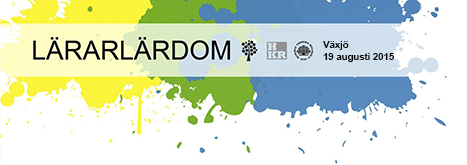Beyond reasoning : pitfalls when developing an interdisciplinary program
DOI:
https://doi.org/10.15626/lld.201502Abstract
Most modern companies are looking to hire graduates with interdisciplinary skills, so it is important for universities and teaching institutions to meet this demand by offering interdisciplinary courses and programs. IKEA is a major actor in the Swedish business environment and along with IKEA needs and the general development, Linnaeus University has developed an interdisciplinary program called “Innovation through business, design, and engineering” involving three faculties: the Faculty of Technology, the School of Business and Economics, and the Faculty of Arts and Humanities. For faculties developing interdisciplinary programs, additional resources are needed, making efficiency in the development process critically important. This paper reports on the development process of an interdisciplinary master’s program. The efficiency of program development can be improved through shared experiences, so the purpose of this paper is to identify pitfalls in the development process of an interdisciplinary program and suggest possible actions for their prevention.The paper is empirical in nature and data has been gathered through in-depth in-terviews with faculty members, external reviewer, and the IKEA co-workers in-volved. The focus was on the activities of the program development process: initiation, development of the program syllabus, and development of the course syllabus. In total, ten interviews were conducted (12 respondents participated).The study concludes the following pitfalls in the development process:
- Unclear specification of assignment and missing requirement specification
- Missing decision making mode
- Recruitment of faculty members
- Missing upper management commitment
The following actions for their prevention are suggested: clear specification of assignment and existing requirement specification, existing decision making model, appropriate recruitment faculty members, and presence of upper management commitment in all activities. Despite these pitfalls, identified in this paper, the program is in line with its original charter with about twenty students from the three facilities enrolled.
Statistik
Publicerad
Nummer
Sektion
Licens
Copyright (c) 2017 Åsa Gustafsson

Detta verk är licensierat under en Creative Commons Erkännande-IckeKommersiell 4.0 Internationell-licens.







